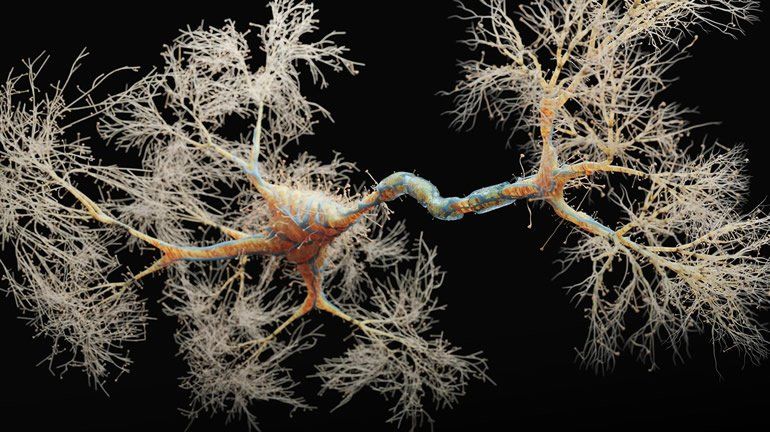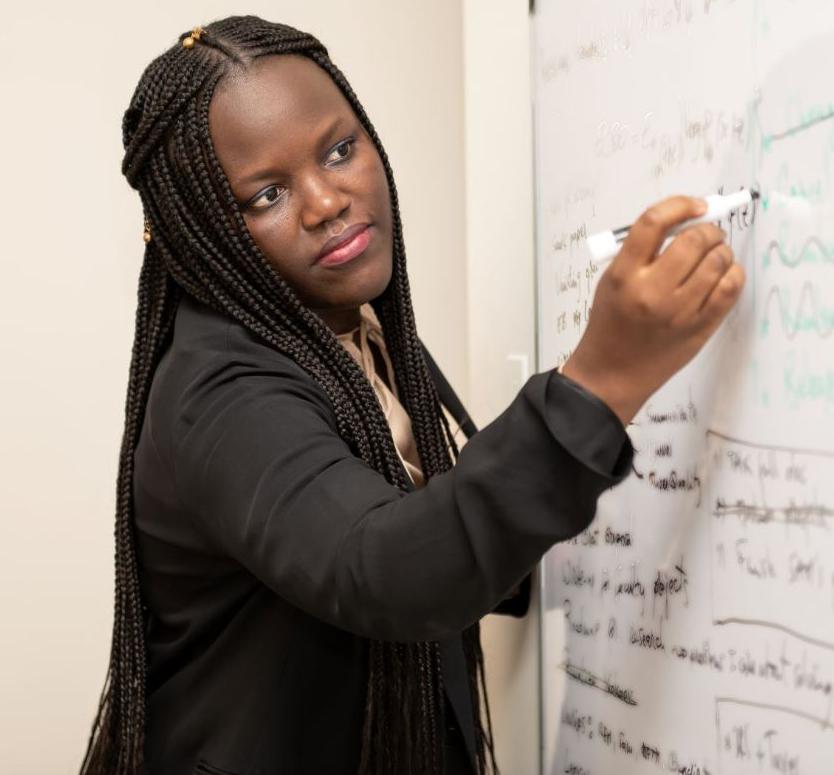Starship SN6 is aiming to conduct a 150-meter hop test on Sunday, just a few weeks after SN5 completed the first Starship prototype launch. SN6’s test will be a near-mirror of SN5’s short flight, with both prototypes aiming to refine SpaceX’s launch and landing operations. Meanwhile, additional Starships continue to evolve, along with preparations for the Super Heavy booster, which – according to Chief Designer Elon Musk – could conduct an initial test hop by October.
SN5 and SN6:
In another sign of SpaceX Boca Chica’s production cadence, the allowance for SN6 to be ready to hop just weeks after SN5 was aided by having SN6 already assembled in the Mid Bay while SN5 was reaching 150 meters into the South Texas sky.








